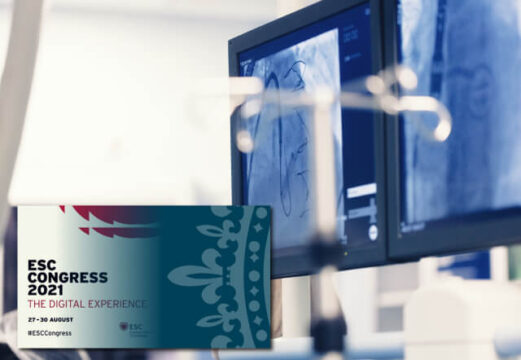What triggered this study was a long unanswered question: should patients successfully resuscitated from an out-of-hospital cardiac arrest presenting a non-STEMI ECG be immediately taken to the cath lab?

In response to this question the TOMAHAWK randomized 554 out-of-hospital resuscitated patients without electrocardiographic evidence of ST-segment elevation patients to immediate angiography (n=281) vs intensive care assessment for elective or delayed angiography (n=273).
Finally, for protocol reasons, 265 patients of each arm were analyzed.
As a first finding, more than half of patients presented a defibrillating rhythm. Both arms required mean 15 minutes between cardiac arrest and return of spontaneous circulation
Most patients in both arms had coronary lesions in one vessel. 38.1% in the immediate angiography arm vs. 43% in the elective angiography group had a clear culprit lesion. They all received an angiography in both arms.
At 30 days, observed mortality was 54% in the immediate angiography group vs 46% in the delayed or elective angiography group. This difference was not statistically significative both by protocol analysis and by treatment.
Most patients in both arms died from cerebral anoxia or circulatory collapse.
There were several secondary end points to look at, though with the same result. Severe neurological deficit resulted similar between the groups, as did all safety end points such as bleeding, stroke or kidney injury. This suggests an early angiography holds neither benefits nor harm. Only when looking at the combination of death and severe neurological deficit do we see a higher incidence in the immediate angiography group (64.3% vs 55.6%, RR 1.16, CI 95% 1 to 1.34). This difference is barely reaching statistical significance.
Roughly 40% of patients in the TOMAHAWK presented a culprit coronary lesion, but even in these cases, the neurological damage produced during cardiac attest was what sealed patient destiny.
The outcomes of this study can be classified as neutral, even though its real value lies on patient management at arrival, after resuscitation, and with no ST elevation ECG reading. It seems prudent to take time to rule out other causes of cardiac arrest, count on a lab, etc.
The TOMAHAWK supports the prior COACT outcomes, which had shown similar results at 90 days and a year.
TOMAHAWKOriginal Title: Angiography after out-of-hospital cardiac arrest without ST-segment elevation.
Reference: Desch S et al. Presentado en el ESC el 29 de agosto 2021 y publicado simultáneamente en NEJM.
Subscribe to our weekly newsletter
Get the latest scientific articles on interventional cardiology





